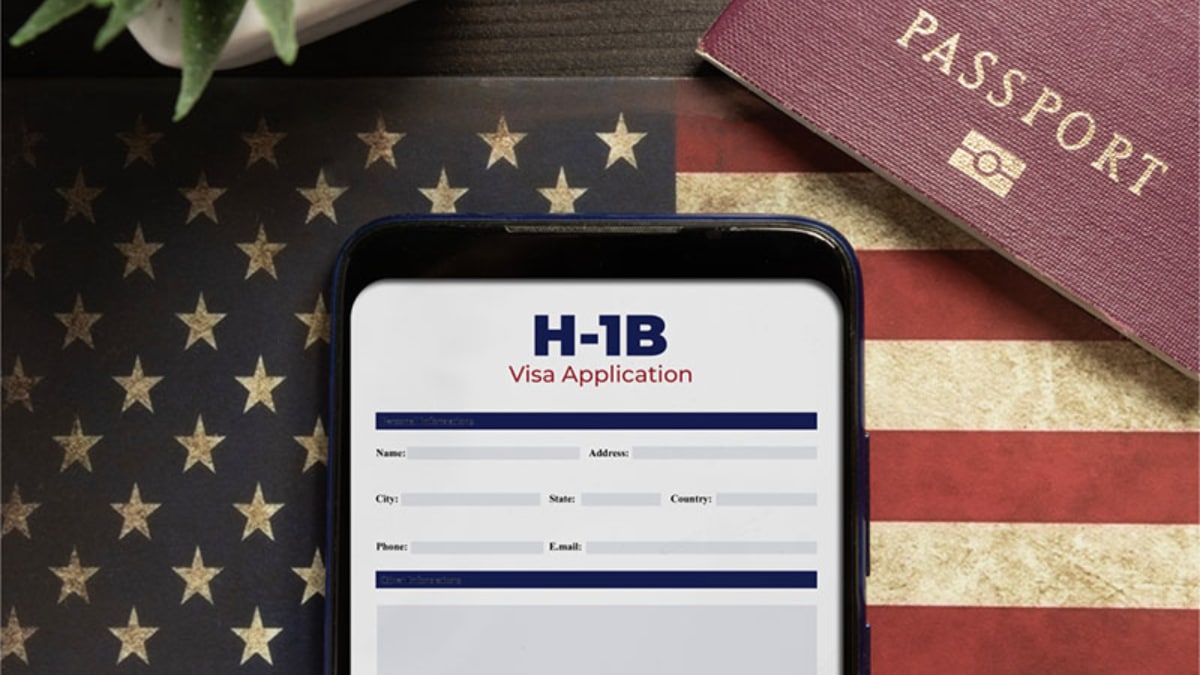Escaping the H1B Grind: A Skilled Professional's Return to India and 8 Key Benefits
This personal narrative offers a critical alternative perspective for H1B visa holders considering their long-term career and life options beyond the US immigration system.
Subscribe to our newsletter and stay informed about latest H1B news, policy updates and and other developments.
Article Summary
A former US resident, after 8 years, returned to India in 2020 due to H1B visa stress, citing an internal company transfer. He shared eight benefits of his decision, including family time, peace of mind, elimination of immigration struggles, and financial advantages. While acknowledging minor downsides, he emphasized the importance of financial and emotional preparedness for such a move.
Original Article: livemint.com
[ Sentiment: positive | Tone: factual ]
This summary and analysis were generated by TheNewsPublisher's editorial AI. This content is for informational purposes only; it does not constitute legal or immigration advice.
[ Sentiment: positive | Tone: factual ]
This summary and analysis were generated by TheNewsPublisher's editorial AI. This content is for informational purposes only; it does not constitute legal or immigration advice.
TNP AI: Key Insights
This personal account directly addresses the pervasive 'H1B grind,' offering a compelling narrative for visa holders who face chronic stress and uncertainty within the US immigration system. It provides a unique perspective on career and life fulfillment that goes beyond the traditional pursuit of US permanent residency.
The individual's decision underscores the growing sentiment among some skilled professionals who prioritize quality of life, mental peace, and career autonomy over the challenges of maintaining H1B status. This perspective is particularly relevant given the extensive Green Card backlogs and rigid policy landscape, suggesting that the difficulties of the US immigration system can lead to talent attrition.
For our audience, this story highlights a viable alternative path, potentially influencing decisions about internal transfers or exploring global opportunities. It also implicitly reminds employers of the need to consider the well-being of their international talent and the broader implications of restrictive immigration policies on retaining skilled workers.





